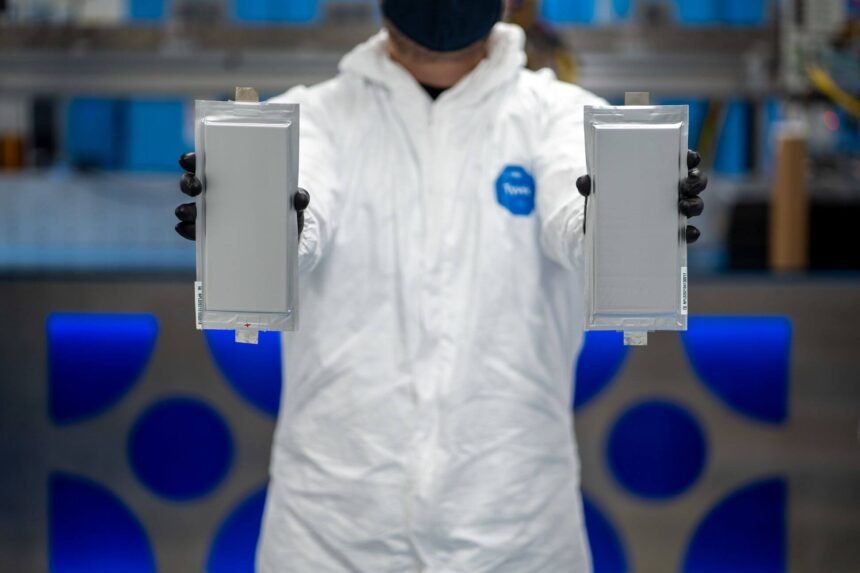Solid-state batteries are revolutionizing the world of energy storage, offering faster charging times, increased safety, and more efficient use of space compared to traditional lithium-ion batteries. A recent review from the University of California, Riverside, published in Nano Energy, delves into the potential of this technology to transform industries like electric vehicles and consumer electronics.
The key difference lies in the use of solid materials instead of flammable liquids in solid-state batteries. This change allows for a more stable environment for lithium ions to move through, enabling quicker and safer charging without the risk of overheating or fires. Lead author Cengiz Ozkan, a professor of mechanical engineering at UCR, emphasizes the importance of this shift in chemistry and engineering for the future of energy storage.
Three main types of solid-state electrolytes are highlighted in the review: sulfide-based, oxide-based, and polymer-based. Each type offers unique advantages, such as faster ion movement, long-term stability, or ease of manufacturing. Sulfide-based electrolytes, in particular, show promise in performing almost as well as the liquid in current batteries without the associated drawbacks.
Researchers are also using advanced imaging tools like neutron imaging and high-powered X-rays to monitor how lithium moves within solid-state batteries during charging and discharging. This real-time insight allows for the identification of potential issues like dendrite growth, which can lead to short circuits or battery failure.
Solid-state batteries are also more efficient in utilizing lithium, with some designs featuring a lithium metal layer that stores more energy in less space than traditional graphite layers. This results in lighter and smaller batteries that can power devices for extended periods.
One of the most significant advantages of solid-state batteries is their longevity. While conventional lithium-ion batteries typically degrade after 5-8 years, solid-state batteries could remain functional for 15-20 years or more, making them ideal for applications in electric vehicles, renewable energy grids, portable electronics, and aerospace systems.
Looking ahead, solid-state batteries could revolutionize interstellar travel and space exploration due to their thermal and chemical stability. These batteries are better equipped to withstand extreme conditions in space, store more power in less space, and operate reliably in oxygen-controlled environments.
Despite these advancements, challenges remain in scaling up production of solid-state batteries. The review offers a roadmap for addressing these challenges, including developing better materials, optimizing battery components, and enhancing manufacturing techniques.
In conclusion, solid-state batteries are on the cusp of widespread adoption, with the potential to revolutionize multiple industries. The research conducted at the University of California, Riverside, provides valuable insights into the advancements and future applications of this groundbreaking technology.







